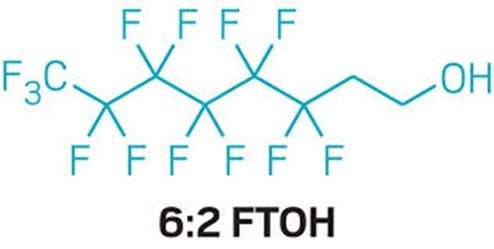Maricel Maffini, consultant, and Tom Neltner, Chemicals Policy Director
Scientists and regulators have known for decades that certain chemicals disrupt the actions of male hormones—identified collectively as androgens—in the body. Because of their effects, these chemicals are called anti-androgens or anti-androgenic chemicals.
During gestation, fetal testes begin producing testosterone, the critical hormone required to develop reproductive organs and genitalia. Insufficient production of testosterone leads to malformation of the genital tract that may need corrective surgery in infant boys and may result in reproductive health problems later in life. Ortho-phthalates (aka phthalates), known to interfere with the production of fetal testosterone, are considered anti-androgenic chemicals.
Although phthalates are perhaps the most recognizable group of anti-androgenic chemicals in the diet, there are others, including bisphenol A (BPA), propyl paraben, and certain pesticides used in food crops. Because they cause similar harmful effects, namely adverse health outcomes for male reproductive system, their safety assessment must take into account the cumulative effects of similar substances in the diet as established by law. But what does “cumulative effect” mean? Below, we use a recent study to explain what it means, why it is important, and why FDA is failing.
Biology is not math and the concept of something from nothing Read More »













